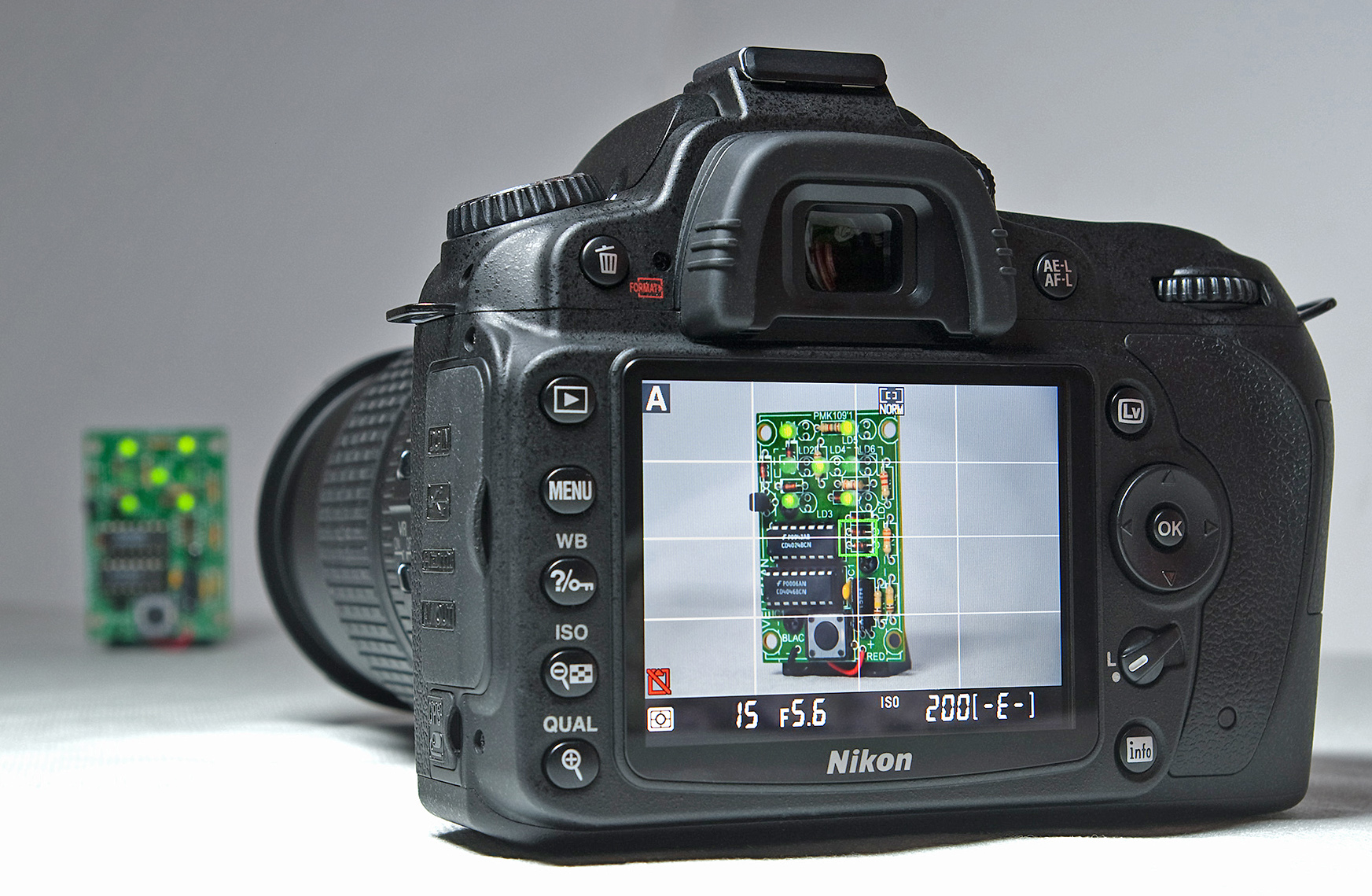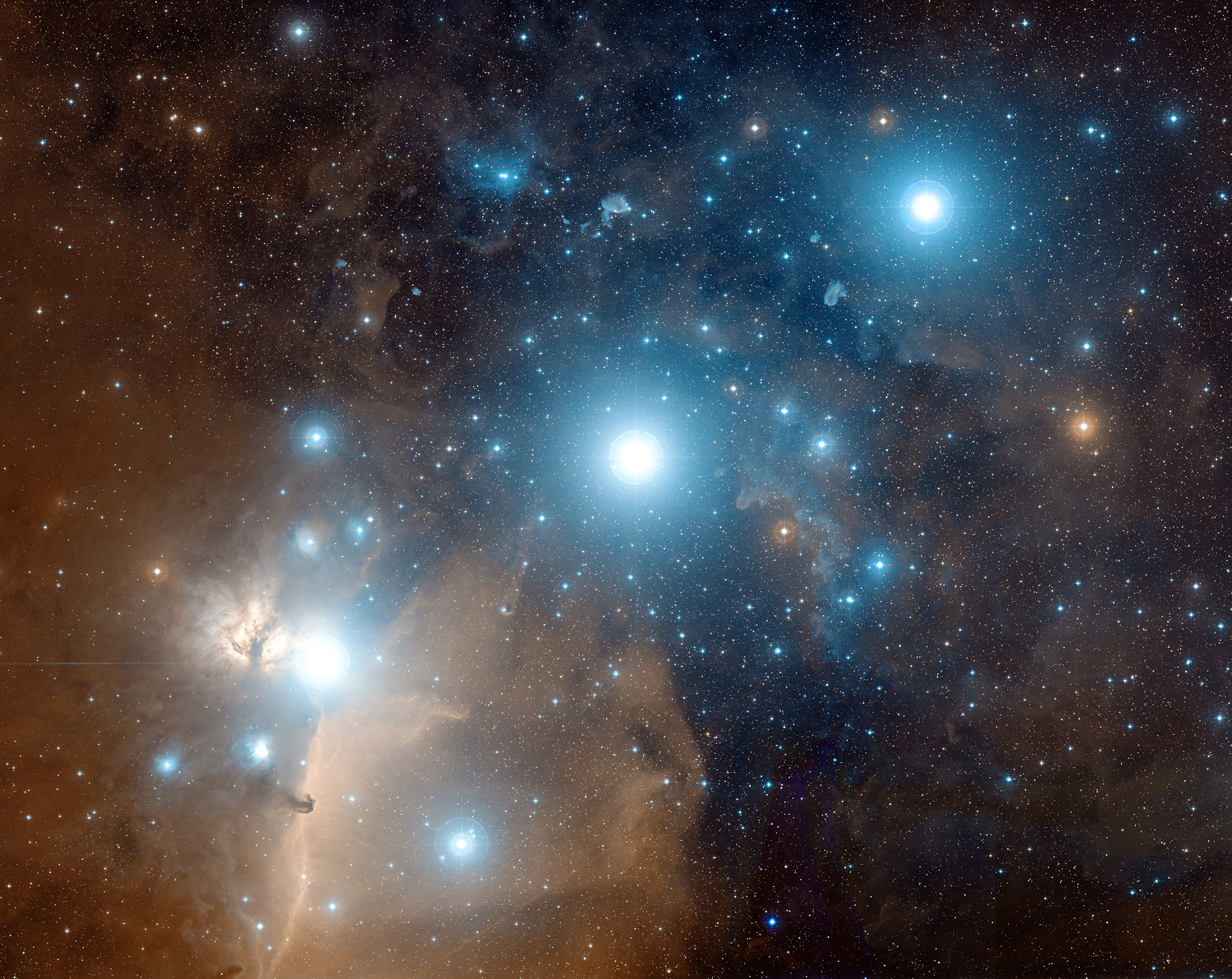|
Live Preview
Live preview is a feature that allows a digital camera's display screen to be used as a viewfinder. This provides a means of previewing framing and other exposure before taking the photograph. In most such cameras, the preview is generated by means of continuously and directly projecting the image formed by the lens onto the main image sensor. This in turn feeds the electronic screen with the live preview image. The electronic screen can be either a liquid crystal display (LCD) or an electronic viewfinder (EVF). Background The concept for cameras with live preview largely derives from electronic (video) TV cameras. Until 1995 most digital cameras did not have live preview, and it was more than ten years after this that the higher end digital single-lens reflex cameras (DSLR) adopted this feature, as it is fundamentally incompatible with the swinging-mirror single-lens reflex mechanism. The first digital still camera with an LCD for autogain framing live preview was the ... [...More Info...] [...Related Items...] OR: [Wikipedia] [Google] [Baidu] |
Nikon D90 Liveview 20090116
(, ; ), also known just as Nikon, is a Japanese multinational corporation headquartered in Tokyo, Japan, specializing in optics and Photography, imaging products. The companies held by Nikon form the Nikon Group. Nikon's products include cameras, camera lenses, binoculars, microscopes, ophthalmic lenses, measurement instruments, rifle scopes, spotting scopes, and the steppers used in the photolithography steps of Semiconductor device fabrication, semiconductor fabrication, of which it is the world's second largest manufacturer. The company is the eighth-largest chip equipment maker as reported in 2017. Also, it has diversified into new areas like 3D printers, 3D printing and regenerative medicine to compensate for the shrinking digital camera market. Among Nikon's many notable product lines are Nikkor imaging lenses (for Nikon F-mount, F-mount cameras, large format photography, photographic enlargers, and other applications), the Nikon F-series of 35mm format, 35 mm film SLR ... [...More Info...] [...Related Items...] OR: [Wikipedia] [Google] [Baidu] |
Canon PowerShot G1
The Canon PowerShot G is a series of digital cameras introduced by Canon in its PowerShot line in 2000. The G series cameras are Canon's flagship compact models aimed at photography enthusiasts desiring more flexibility than a point-and-shoot without the bulk of a digital single-lens reflex camera. The G series has a lithium-ion battery, full manual exposure control, an articulated LCD screen (G7, G9, G10, G15, and G16 have a fixed screen), Raw image format capture (all models except G7), a lens with a wider maximum aperture than standard PowerShot models, remote capture (except G11), and faster image processing. The range also includes a hot shoe (except G7 X and G9 X) for an external flashgun, including Canon's EX range. New models in the series have larger sensors than most other point-and-shoot cameras ( G1X, G1X Mark II, G7X). Main specifications G1 to G6 Common features across the early G series were: * A fast lens (minimum F number of 2.0). * A flip out and twist LCD, ... [...More Info...] [...Related Items...] OR: [Wikipedia] [Google] [Baidu] |
Light Meter
A light meter is a device used to measure the amount of light. In photography, a light meter (more correctly an exposure meter) is used to determine the proper exposure for a photograph. The meter will include either a digital or analog calculator which displays the correct shutter speed and f-number for optimum exposure, given a certain lighting situation and film speed. Similarly, exposure meters are also used in the fields of cinematography and scenic design, in order to determine the optimum light level for a scene. Light meters are used in the general field of architectural lighting design to verify proper installation and performance of a building lighting system, and in assessing the light levels for growing plants. Use in photography The earliest type of light meters were called ''extinction meters'' and contained a numbered or lettered row of neutral density filters of increasing density. The photographer would position the meter in front of his subject and ... [...More Info...] [...Related Items...] OR: [Wikipedia] [Google] [Baidu] |
Exposure (photography)
In photography, exposure is the amount of light per unit area (the image plane's illuminance times the exposure time) reaching a frame of photographic film or the surface of an electronic image sensor, as determined by shutter speed, lens F-number, and scene luminance. Exposure is measured in lux seconds, and can be computed from exposure value (EV) and scene luminance in a specified region. An "exposure" is a single shutter cycle. For example, a long exposure refers to a single, long shutter cycle to gather enough dim light, whereas a multiple exposure involves a series of shutter cycles, effectively layering a series of photographs in one image. The accumulated ''photometric exposure'' (''H''v) is the same so long as the total exposure time is the same. Definitions Radiant exposure Radiant exposure of a ''surface'', denoted ''H''e ("e" for "energetic", to avoid confusion with photometric quantities) and measured in , is given by :H_\mathrm = E_\mathrmt, where *''E'' ... [...More Info...] [...Related Items...] OR: [Wikipedia] [Google] [Baidu] |
Photograph
A photograph (also known as a photo, image, or picture) is an image created by light falling on a photosensitive surface, usually photographic film or an electronic image sensor, such as a CCD or a CMOS chip. Most photographs are now created using a smartphone/camera, which uses a lens to focus the scene's visible wavelengths of light into a reproduction of what the human eye would see. The process and practice of creating such images is called photography. Etymology The word ''photograph'' was coined in 1839 by Sir John Herschel and is based on the Greek φῶς (''phos''), meaning "light," and γραφή (''graphê''), meaning "drawing, writing," together meaning "drawing with light." History The first permanent photograph, a contact-exposed copy of an engraving, was made in 1822 using the bitumen-based "heliography" process developed by Nicéphore Niépce. The first photographs of a real-world scene, made using a camera obscura, followed a few years later at Le Gras, ... [...More Info...] [...Related Items...] OR: [Wikipedia] [Google] [Baidu] |
Framing (visual Arts)
In visual arts and particularly cinematography, framing is the presentation of visual elements in an image, especially the placement of the subject in relation to other objects. Framing can make an image more aesthetically pleasing and keep the viewer's focus on the framed object(s). It can also be used as a repoussoir, to direct attention back into the scene. It can add depth to an image, and can add interest to the picture when the frame is thematically related to the object being framed. Purpose The goal is often to focus the viewer's attention upon the subject, but the ends and means are ultimately at the discretion of the artist. It is accomplished by manipulating the viewpoint of the image, rather than the object(s) within. Framing, especially in the photographic arts, is primarily concerned with the position and perspective of the viewer. The position of the observer has tremendous impact on their perception of the main subject, both in terms of aesthetics and in their ... [...More Info...] [...Related Items...] OR: [Wikipedia] [Google] [Baidu] |
Olympus E-330
The Olympus E-330 is a DSLR launched on 30 January 2006, using the Four Thirds System lens mount standard. Its main feature is its live image preview functionality, permitting an image to be previewed on the LCD screen. While live image preview is not new in compact digital cameras, the E-330 is significant because it was the first digital SLR to offer this feature. With the ability to digitally zoom in 10× before taking a picture, it is very well suited for exact manual focussing, for example in macro photography. Unlike many other digital SLRs, the E-330 used a second sensor in the viewfinder chamber which was fed by splitting 20% of the light from the viewfinder. The advantage of this implementation is that the camera's autofocus and exposure systems are fully functional and there is no shutter lag. This mode is known as Live Preview A. The E-330 also offers a liveview mode using the main sensor known as Live Preview B or Macro Live Preview; however on initial release, aut ... [...More Info...] [...Related Items...] OR: [Wikipedia] [Google] [Baidu] |
Canon EOS 40D
The Canon EOS 40D is a 10.1-megapixel semi-professional digital single-lens reflex camera. It was initially announced on 20 August 2007 and was released at the end of that month. It is the successor of the Canon EOS 30D, and is succeeded by the EOS 50D. It can accept EF and EF-S lenses. Like its predecessor, it uses an APS-C sized image sensor, resulting in a 1.6x field of view crop factor. Improvements Changes over the 30D include a higher-resolution sensor (10.1 megapixel instead of 8.2). The sensor also has better noise control than previous models. The 40D has a larger memory buffer so more pictures can be taken in succession without a slow down in frame rate. Frames per second has been increased from 5 to 6.5. The 40D adds a new format, Canon's sRAW, which is a smaller RAW image for smaller prints and reduced file sizes. The 40D's RAW format is 14-bit instead of the 12-bit of the 30D. The camera uses the new DIGIC III image processor, which was first used in the Canon ... [...More Info...] [...Related Items...] OR: [Wikipedia] [Google] [Baidu] |
Canon EOS 1Ds Mark III
The EOS-1Ds Mark III is a digital SLR camera body by Canon designed for professional photographers. The Canon EOS 1Ds Mark III is successor to the EOS-1Ds Mark II and was announced in August 2007. The camera features a full-frame 21.1 megapixel CMOS sensor with 14-bit analog/digital converters for a total colour depth of 16,384 tones per pixel. It features a three-inch (76 mm) LCD screen, capable of "Live View," and dual DIGIC III processors allowing it to shoot at up to five frames per second. The EOS-1Ds features many technologies first seen in the Canon EOS-1D Mark III, such as the 63-zone exposure metering, 19 cross-type auto focus system, a 3.0" LCD with Live View mode and EOS Integrated Cleaning System. It was discontinued in mid-2012 with the introduction of the Canon EOS-1D X, which replaced both the EOS-1Ds Mk III and the EOS-1D Mk IV. Features Image quality The EOS-1Ds Mark III features a 21-megapixel sensor. It has a higher pixel count than the 16.7 meg ... [...More Info...] [...Related Items...] OR: [Wikipedia] [Google] [Baidu] |
Canon 20Da
The Canon EOS 20D is an 8.2-megapixel semi-professional digital single-lens reflex camera, initially announced on 19 August 2004 at a recommended retail price of US$1,499. It is the successor of the EOS 10D, and was succeeded by the EOS 30D in August 2006. It accepts EF and EF-S lenses and uses an APS-C sized image sensor. Improvements The 20D features a new sensor and a greater megapixel count (8.2 megapixels instead of 6.3) and retains the Canon 1.6x crop factor. The 20D supports USB 2.0. The 20D has a larger buffer and can shoot more frames per second. It also uses the E-TTL II flash metering system and uses the DIGIC II image processor. The EOS 20D (with appropriate firmware updates) can also accept the Canon Wireless File Transmitter WFT-E1/E1A for fast file transfer to a remote file server, either through an ethernet cable or a Wi-Fi network. Resolution The Canon EOS 20D has several resolution settings: * Large/Fine (3504 x 2336 JPEG Fine) * Large/Normal (3504 x 2336 ... [...More Info...] [...Related Items...] OR: [Wikipedia] [Google] [Baidu] |
Astrophotography
Astrophotography, also known as astronomical imaging, is the photography or imaging of astronomical objects, celestial events, or areas of the night sky. The first photograph of an astronomical object (the Moon) was taken in 1840, but it was not until the late 19th century that advances in technology allowed for detailed stellar photography. Besides being able to record the details of extended objects such as the Moon, Sun, and planets, modern astrophotography has the ability to image objects invisible to the human eye such as dim stars, nebulae, and galaxies. This is done by long time exposure since both film and digital cameras can accumulate and sum photons over these long periods of time. Photography using extended exposure-times revolutionized the field of professional astronomical research, recording hundreds of thousands of new stars, and nebulae invisible to the human eye. Specialized and ever-larger optical telescopes were constructed as essentially big cameras to rec ... [...More Info...] [...Related Items...] OR: [Wikipedia] [Google] [Baidu] |
Canon EOS 20D
The Canon EOS 20D is an 8.2-megapixel semi-professional digital single-lens reflex camera, initially announced on 19 August 2004 at a recommended retail price of US$1,499. It is the successor of the EOS 10D, and was succeeded by the EOS 30D in August 2006. It accepts EF and EF-S lenses and uses an APS-C sized image sensor. Improvements The 20D features a new sensor and a greater megapixel count (8.2 megapixels instead of 6.3) and retains the Canon 1.6x crop factor. The 20D supports USB 2.0. The 20D has a larger buffer and can shoot more frames per second. It also uses the E-TTL II flash metering system and uses the DIGIC II image processor. The EOS 20D (with appropriate firmware updates) can also accept the Canon Wireless File Transmitter WFT-E1/E1A for fast file transfer to a remote file server, either through an ethernet cable or a Wi-Fi network. Resolution The Canon EOS 20D has several resolution settings: * Large/Fine (3504 x 2336 JPEG Fine) * Large/Normal (3504 x 2336 ... [...More Info...] [...Related Items...] OR: [Wikipedia] [Google] [Baidu] |








